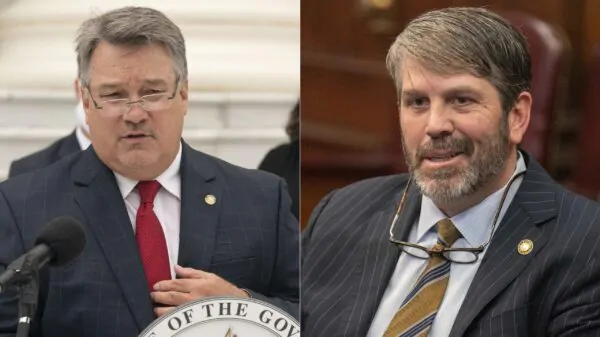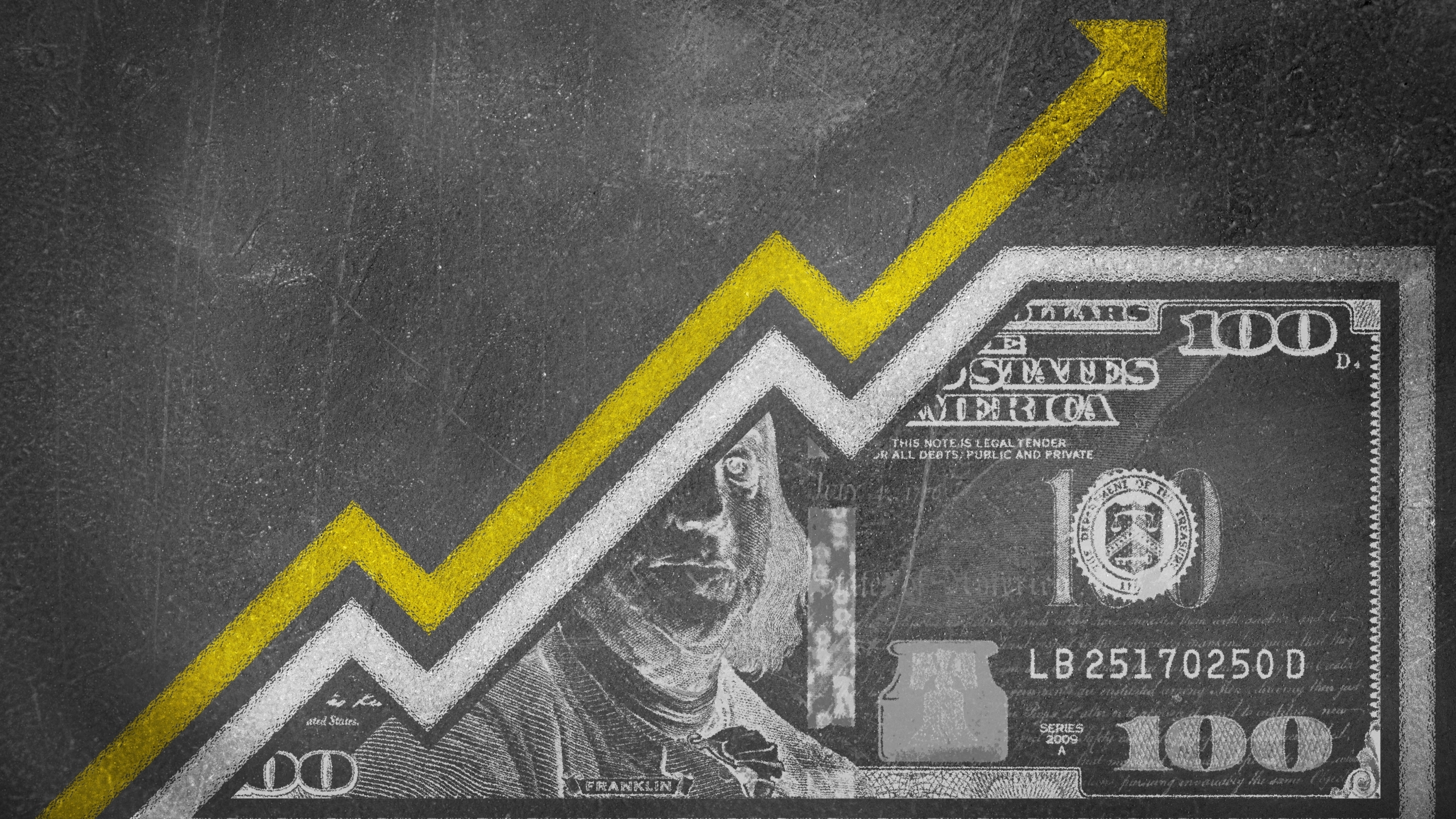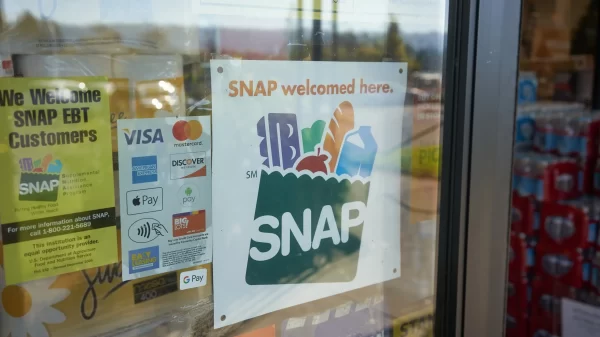In February, the NFIB Optimism Index decreased by 1.4 points to 95.7, the second consecutive month below the 48-year average of 98. Twenty-six percent of owners reported that inflation was their single most important problem in operating their business, a four-point increase since December and the highest reading since the third quarter of 1981.
“Inflation continues to be a problem on Main Street, leading more owners to raise selling prices again in February,” said NFIB Chief Economist Bill Dunkelberg. “Supply chain disruptions and labor shortages also remain problems, leading to lower earnings and sales for many.”
State-specific figures are unavailable, but NFIB State Director Rosemary Elebash said, “There’s no arguing that Alabama’s economy is stronger than it was after the COVID-19 shutdown began two years ago this month, but inflation and supply chain disruptions and a lack of qualified job applicants are making it hard for small businesses to fully recover.”
Key findings of the national survey include:
-
The net percent of owners raising average selling prices increased seven points to a net 68 percent (seasonally adjusted), a 48-year record high reading.
-
Owners expecting better business conditions over the next six months decreased two points to a net negative 35 percent.
-
Forty-eight percent of owners reported job openings that could not be filled, an increase of one point from January.
-
Inventory accumulation plans fell one percentage point, following a five-point decline in January, following the massive inventory build in Q4.
Price raising activity over the past 12 months has continued to escalate, reaching levels not seen since the early 1980s when prices were rising at double-digit rates. Unadjusted, 4 percent of owners reported lower average selling prices and 68 percent reported higher average prices. Price hikes were the most frequent in retail (79 percent higher, 4 percent lower), wholesale (77 percent higher, 4 percent lower), construction (73 percent higher, 3 percent lower), and manufacturing (72 percent higher, 6 percent lower). Seasonally adjusted, a net 46 percent of owners plan price hikes.
As reported last week in NFIB’s monthly jobs report, 48 percent of all owners reported job openings they could not fill in the current period. Ninety-three percent of owners hiring or trying to hire reported few or no qualified applicants for their open positions.
Fifty-seven percent of owners reported capital outlays in the last six months, down one point from January. Of those owners making expenditures, 41 percent reported spending on new equipment, 21 percent acquired vehicles, and 14 percent improved or expanded facilities. Seven percent acquired new buildings or land for expansion and 11 percent spent money for new fixtures and furniture. Twenty-seven percent of owners plan capital outlays in the next few months, down two points from January.
Seasonally adjusted, a net 0 percent of all owners reported higher nominal sales in the past three months, down two points from January. The net percent of owners expecting higher real sales volumes decreased three points to a net negative 6 percent.
The net percent of owners reporting inventory increases fell four points to a net 5 percent, a historically strong figure. Eighteen percent of owners reported increases in stocks while 18% reported reductions.
Thirty-seven percent of owners report that supply chain disruptions have had a significant impact on their business. Another 33 percent report a moderate impact and 21 percent report a mild impact. Only 8 percent of owners report no impact from the recent supply chain disruptions.
A net 7 percent of owners viewed current inventory stocks as “too low” in February, unchanged from last month. A net 2 percent of owners plan inventory investment in the coming months.
Seasonally adjusted, a net 45 percent of owners reported raising compensation, down five points from January’s 48-year record high reading. A net 26 percent of owners plan to raise compensation in the next three months. Eleven percent of owners cited labor costs as their top business problem and 22 percent said that labor quality was their top business problem.
The frequency of reports of positive profit trends was a net negative 17 percent. Among owners reporting lower profits, 28 percent blamed the rise in the cost of materials, 28 percent blamed weaker sales, 8 percent cited labor costs, 15 percent cited the usual seasonal change, 7 percent cited lower prices, and 1 percent cited higher taxes or regulatory costs. For owners reporting higher profits, 50 percent credited sales volumes, 18 percent cited usual seasonal change, and 17 percent cited higher prices explicitly.
Two percent of owners reported that all of their borrowing needs were not satisfied. Twenty-five percent reported all credit needs met and 60 percent said they were not interested in a loan. A net 2 percent reported their last loan was harder to get than in previous attempts. Zero percent reported that financing was their top business problem. A net 6 percent of owners reported paying a higher rate on their most recent loan, up two points from January.
The NFIB Research Center has collected Small Business Economic Trends data with quarterly surveys since the 4th quarter of 1973 and monthly surveys since 1986. Survey respondents are randomly drawn from NFIB’s membership. The report is released on the second Tuesday of each month. This survey was conducted in February 2022.




















































